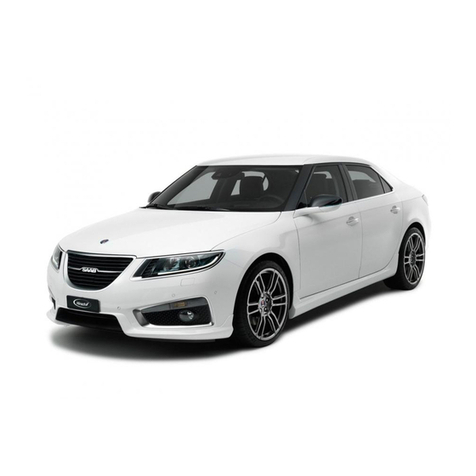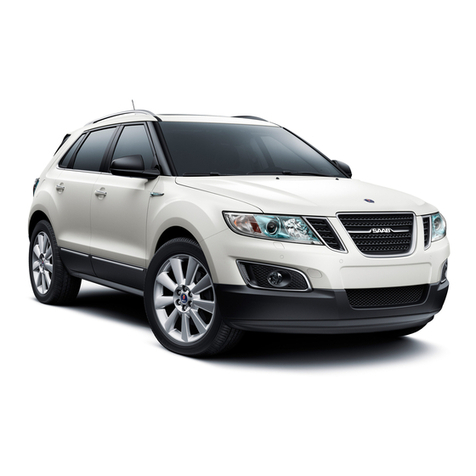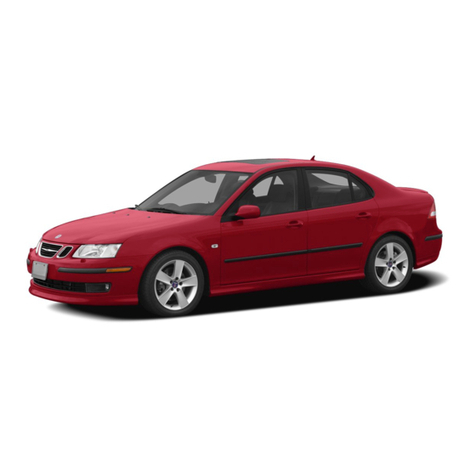Saab 1987 900 User manual
Other Saab Automobile manuals

Saab
Saab 9-3 Convertible M2003 User manual

Saab
Saab 95 Estate Instruction manual
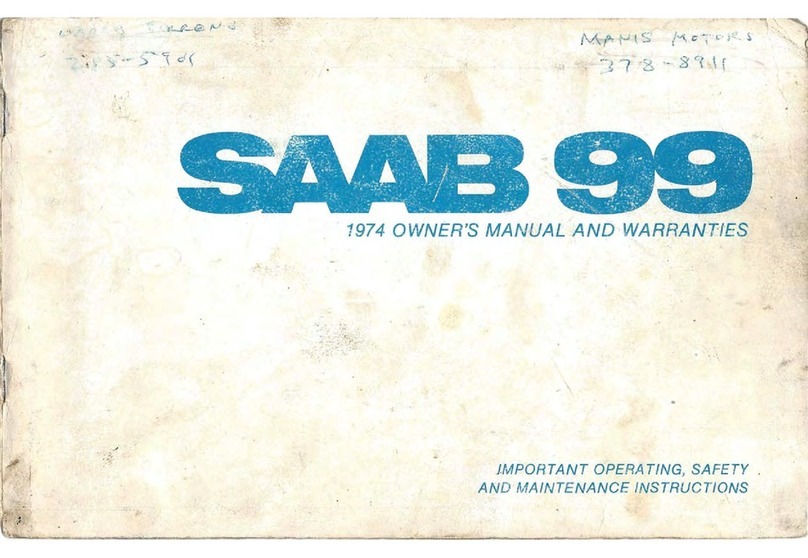
Saab
Saab 99 Guide

Saab
Saab Sonett III User manual
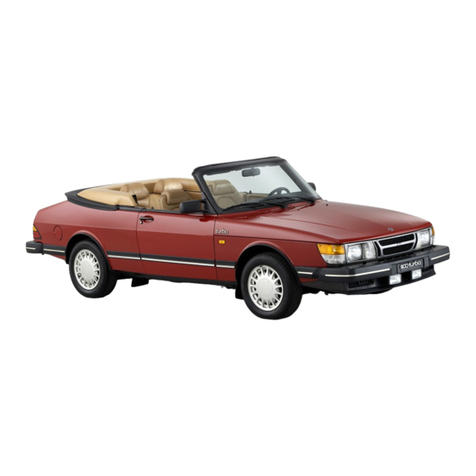
Saab
Saab 1992 900 User manual
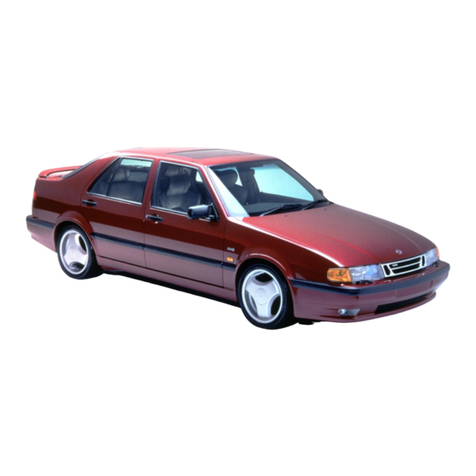
Saab
Saab 9000 1985 User manual
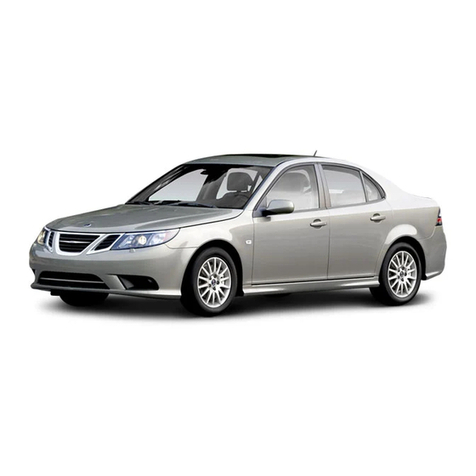
Saab
Saab 9-3 M2008 User manual
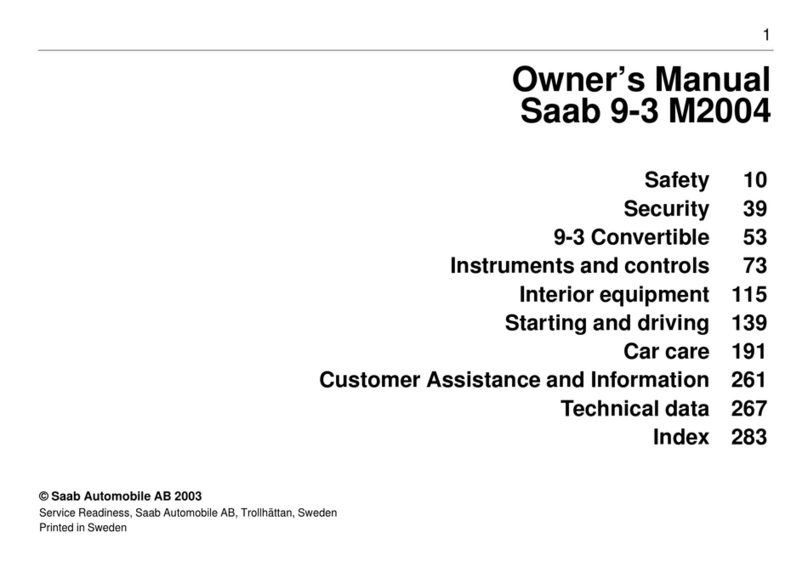
Saab
Saab 2004 9-3 Remote Starter User manual
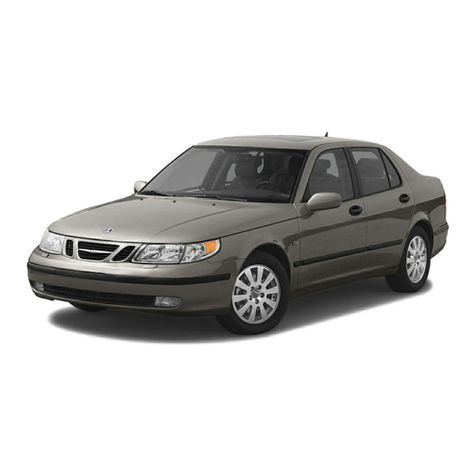
Saab
Saab 2005 9-5 User manual
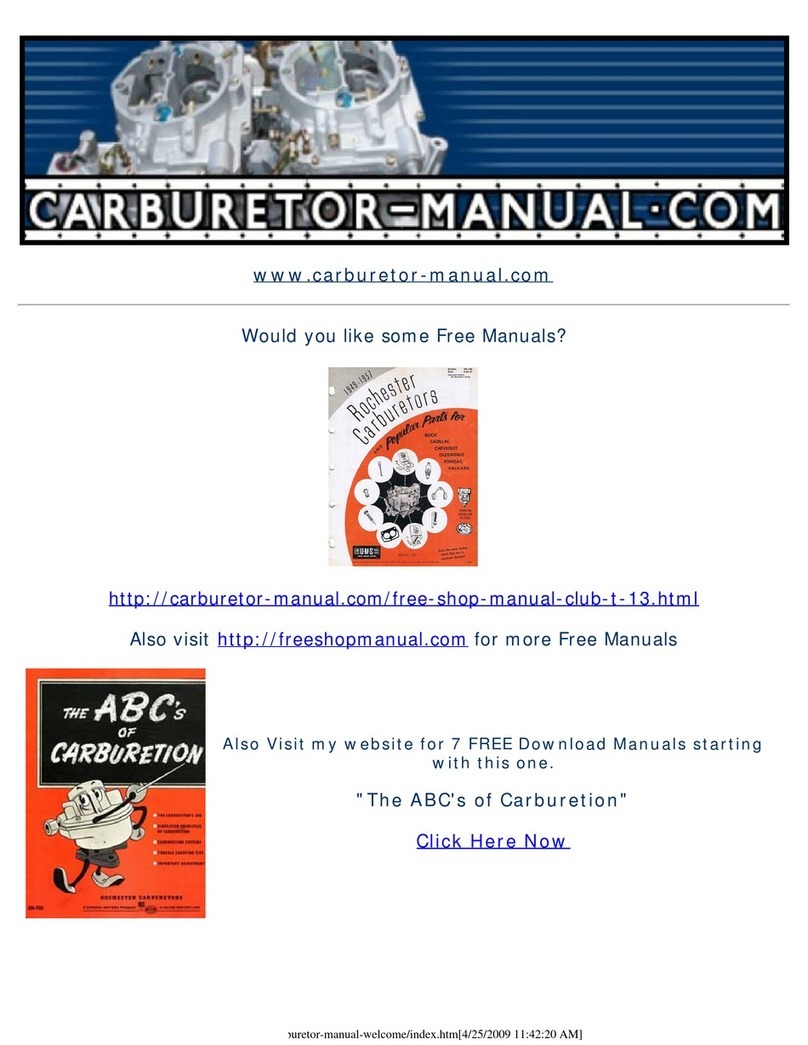
Saab
Saab 92X User manual

Saab
Saab 2007 9-3 Remote Starter User manual
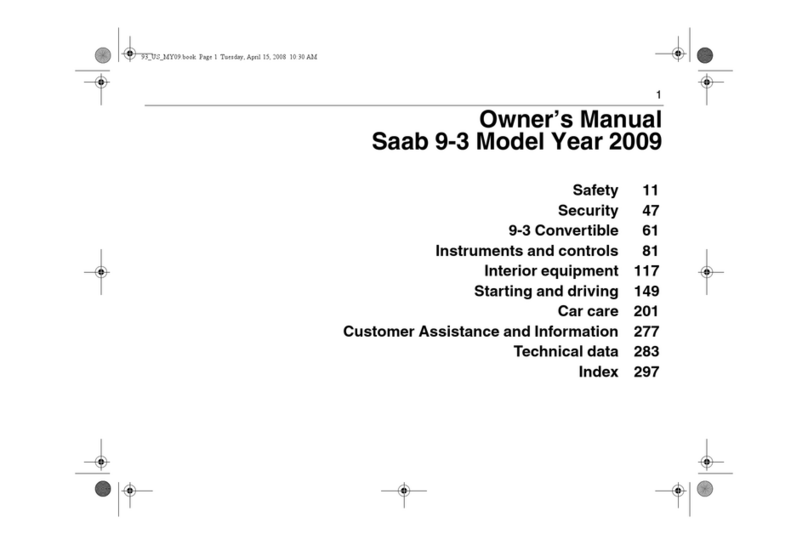
Saab
Saab 9-3 User manual
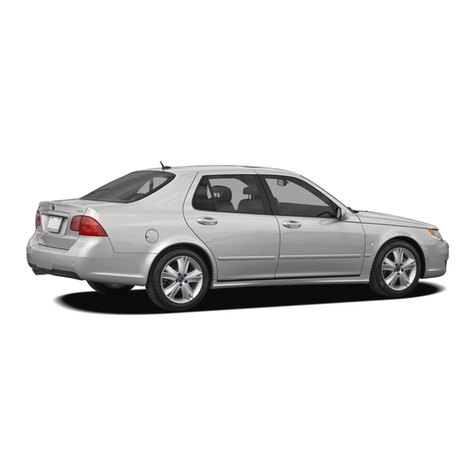
Saab
Saab 9-5 User manual
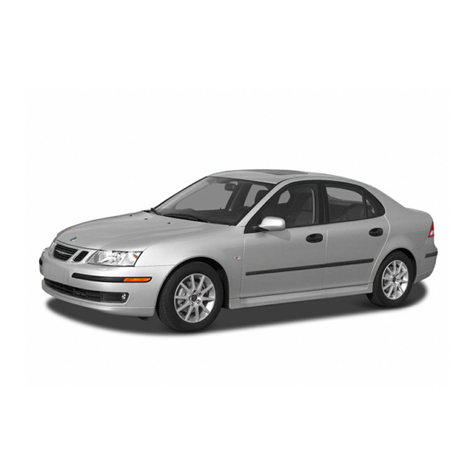
Saab
Saab 2003 9-3 Remote Starter User manual
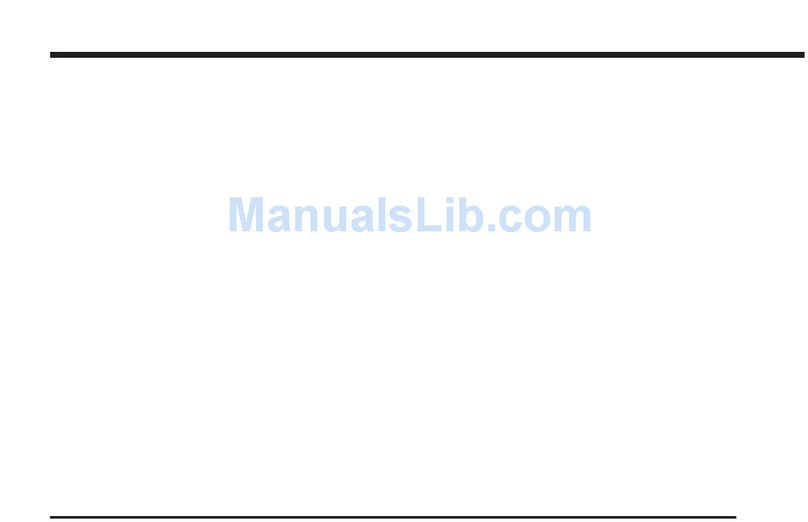
Saab
Saab 2007 9-7X User manual

Saab
Saab 9000 M 1998 User manual

Saab
Saab 95 1967 User manual

Saab
Saab 2001 9-3 User manual

Saab
Saab 92X User manual

Saab
Saab 1981 900 User manual
